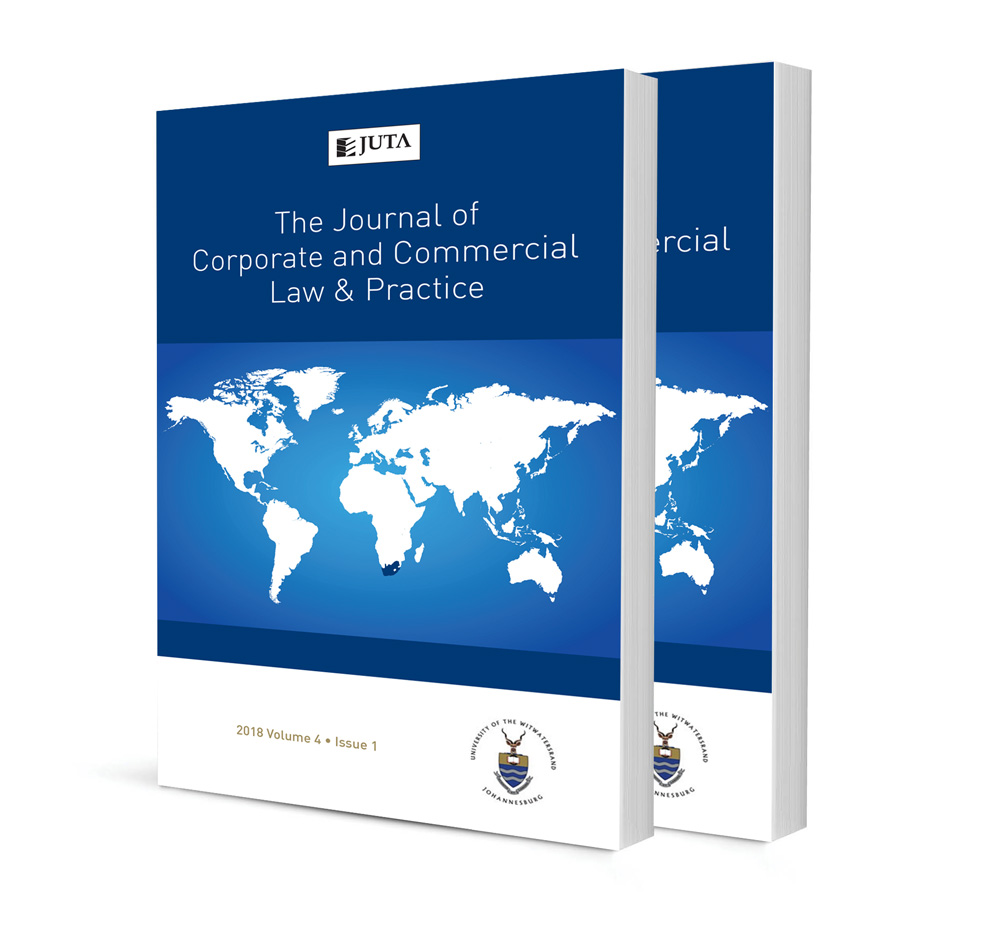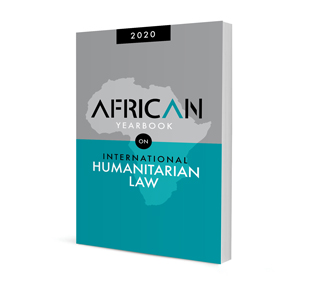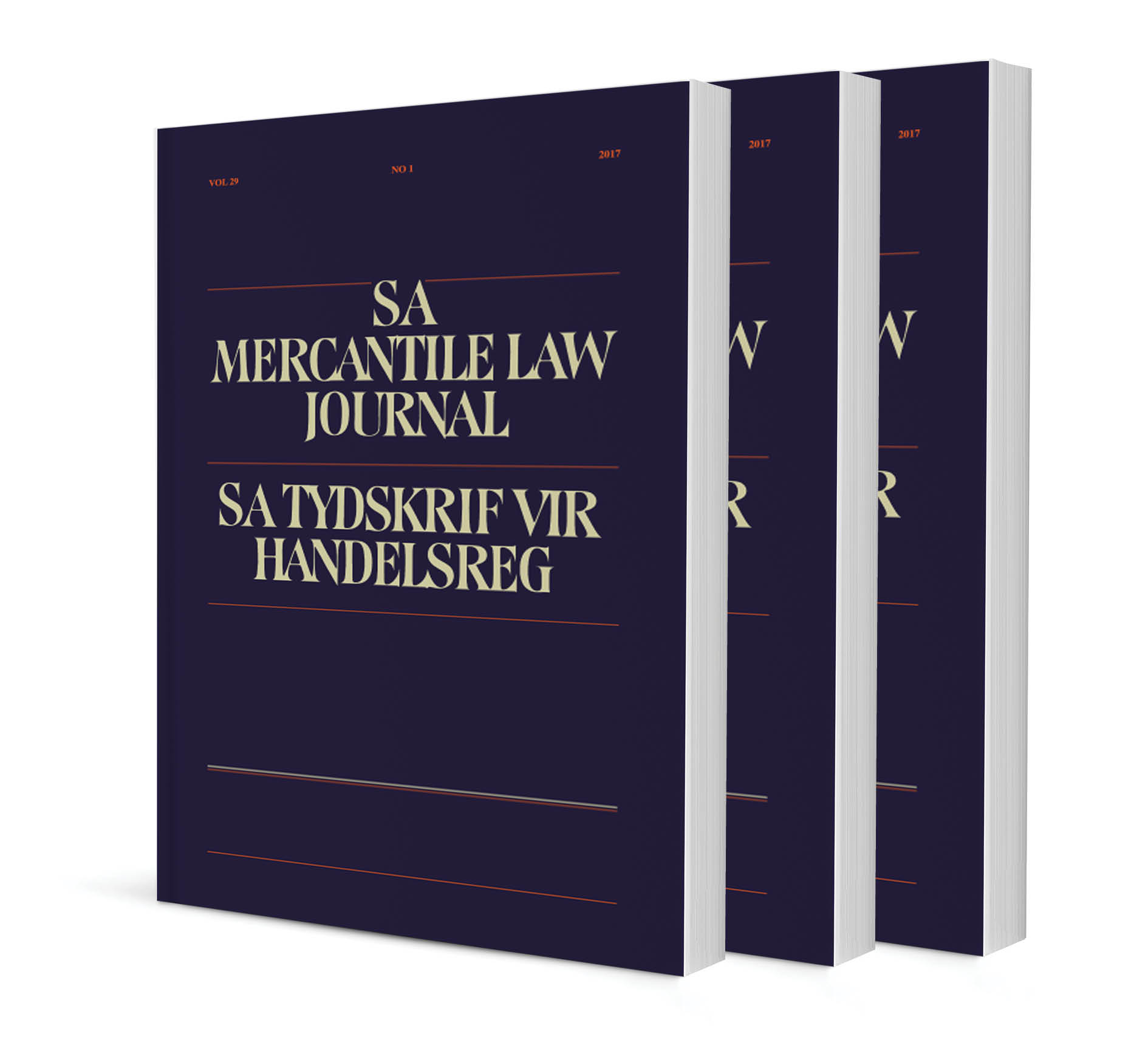Co-existence of statutory provisions and common-law rules make the smooth application of the Companies Act of 2008 to be untenable in certain respects

Co-existence of statutory provisions and common-law rules make the smooth application of the Companies Act of 2008 to be untenable in certain respects
Author: Batool Hayath
ISSN: 2521-2575
Affiliations: Attorney of the High Court of South Africa
Source: Journal of Corporate and Commercial Law & Practice, Volume 8 Issue 2, 2021, p. 35 – 49
https://doi.org/10.47348/JCCL/V8/i1a3
Abstract
The Companies Act 71 of 2008 does not provide a complete codification of company law in South Africa, with the common law still having application. While the Act has done away with certain common-law rules, for instance, the common-law derivative action, it has, in other instances, maintained a co-existence of commonlaw rules and statutory provisions. This article discusses how the coexistence of common-law rules and statutory provisions impacts the smooth application of the Act in the context of the Turquand Rule, pre-incorporation contracts and the common-law stipulatio alteri, and the partial codification of directors’ duties in the Act.

